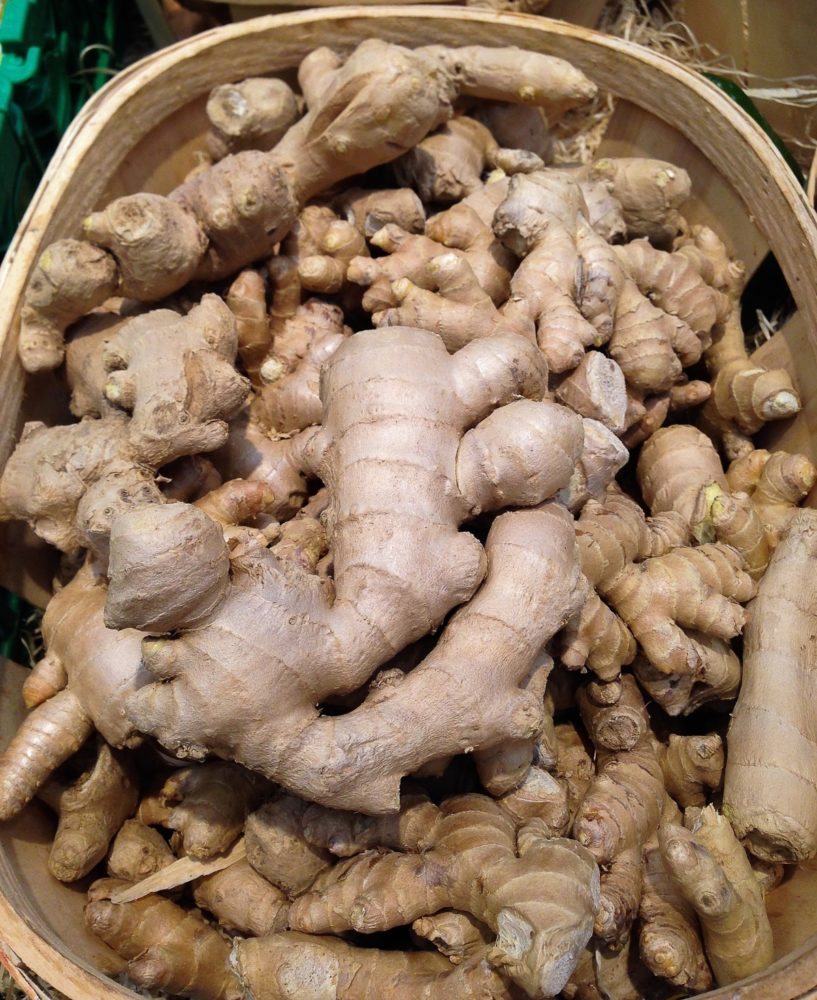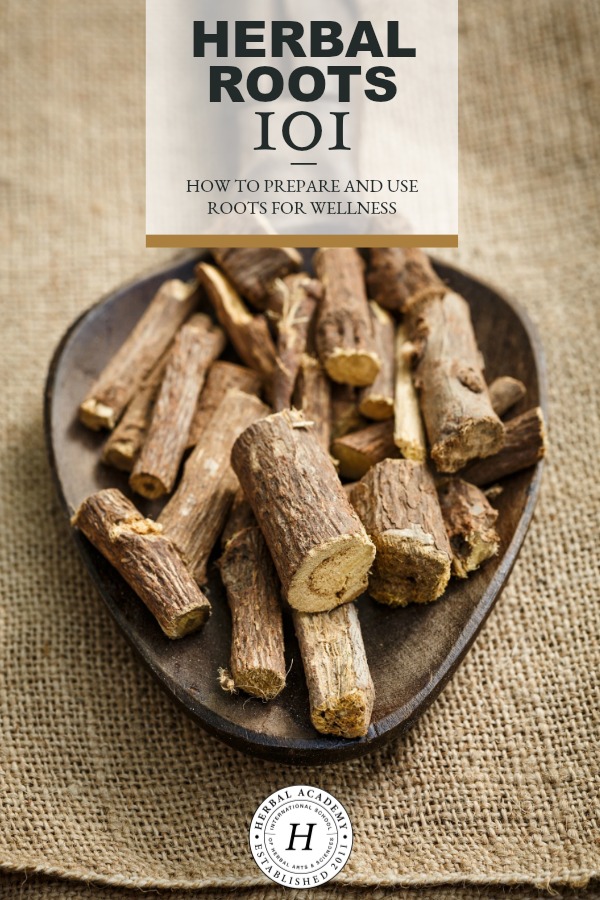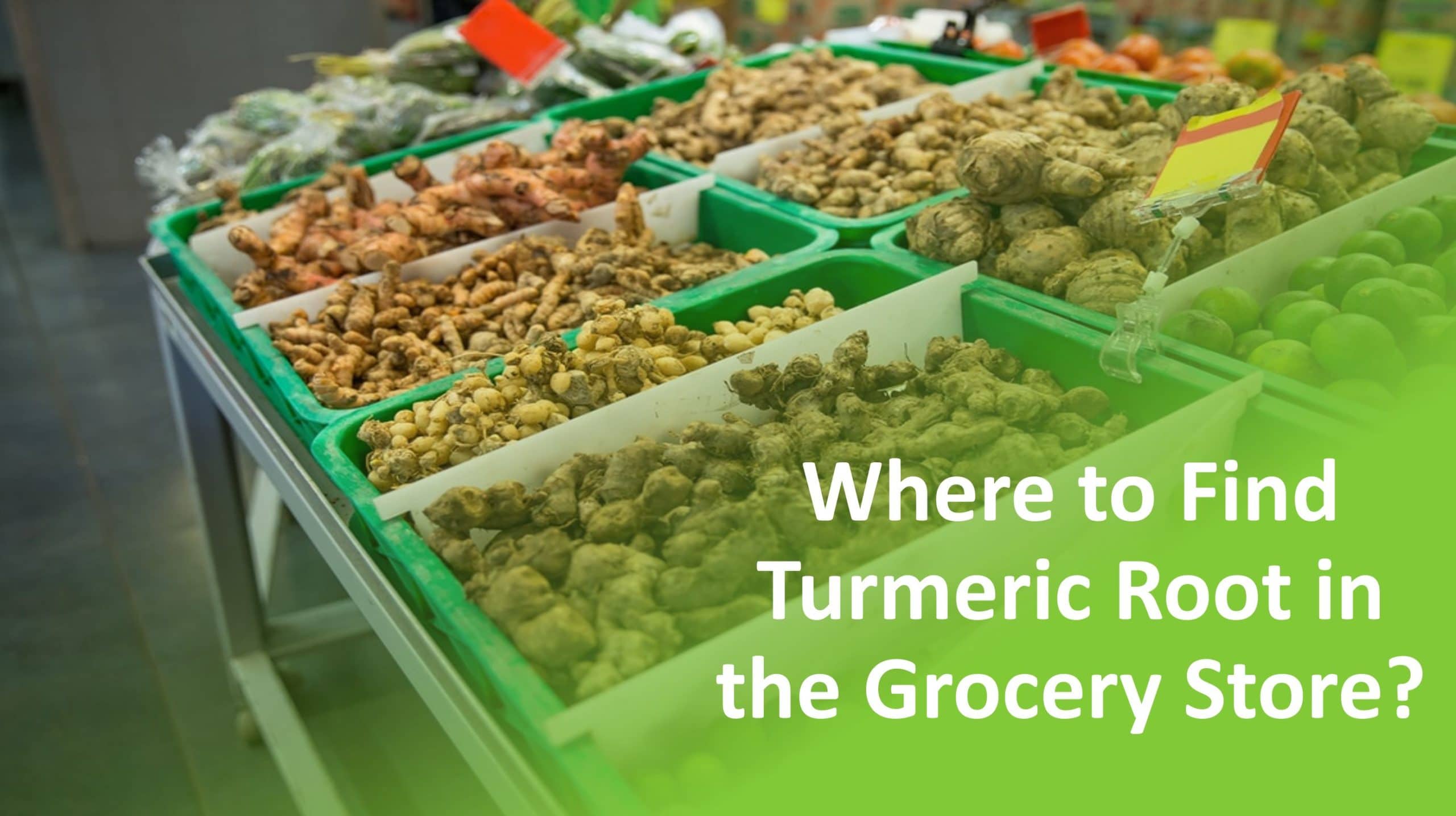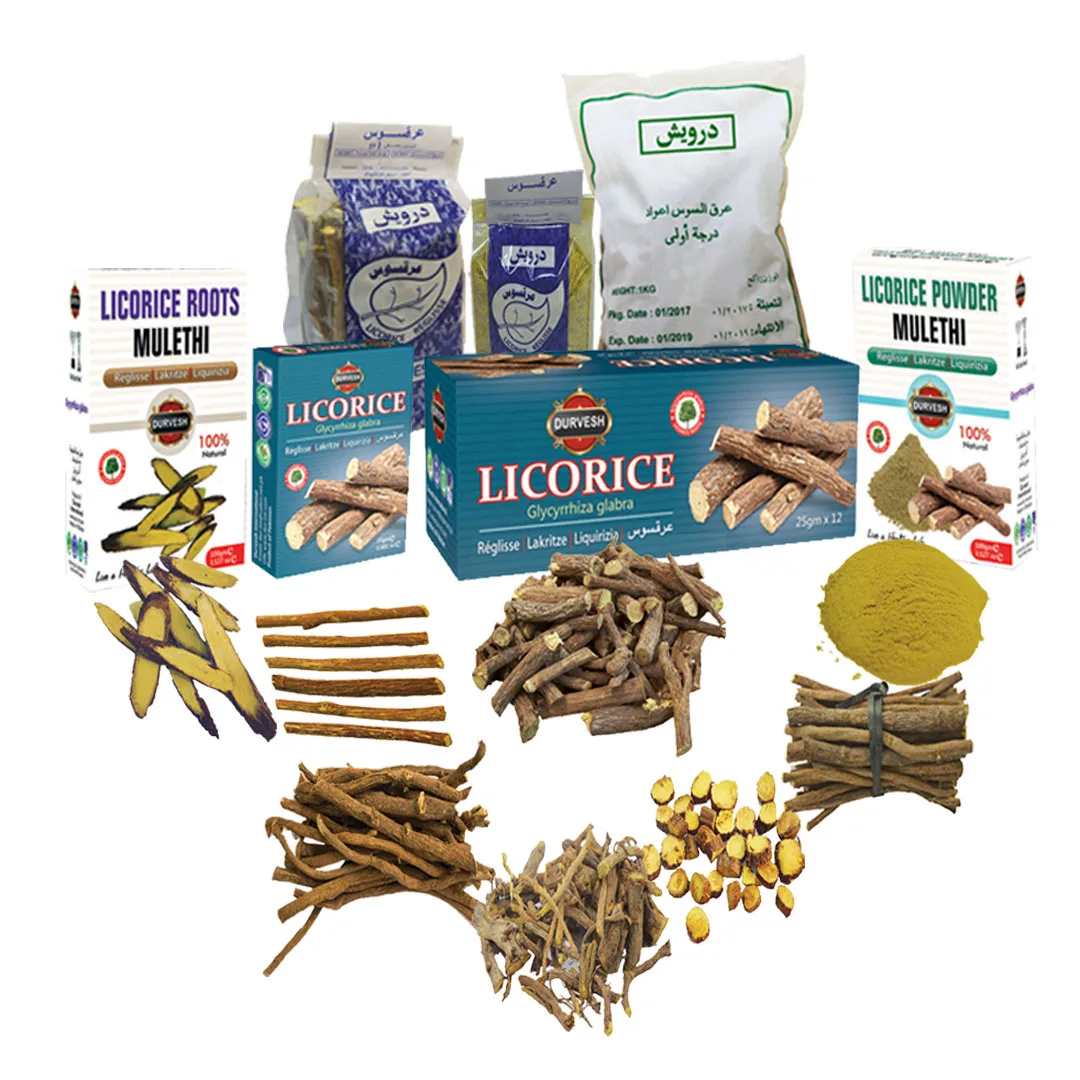Herb And Root Buyers Near Me

The demand for herbal remedies and locally sourced plant-based ingredients is surging across the nation, prompting a significant shift in consumer behavior and creating new opportunities for growers and distributors. This escalating interest is fueled by a growing awareness of holistic health practices and a desire for sustainable, ethically sourced products. However, finding reliable and accessible "herb and root buyers near me" remains a challenge for many consumers and small-scale producers alike.
This article delves into the burgeoning market for herbs and roots, exploring the factors driving demand, the challenges faced by consumers and suppliers, and the evolving landscape of local and regional herb and root economies. We will examine the ways in which technology, community initiatives, and changing consumer preferences are shaping the future of this rapidly expanding sector.
The Rise of Herbalism and Local Sourcing
The renewed interest in herbalism is driven by several factors, including a growing distrust of conventional medicine, concerns about the side effects of pharmaceuticals, and a desire for natural and preventative health solutions. According to a 2023 report by the American Botanical Council, the US market for herbal supplements reached a record high of $12.35 billion, demonstrating significant growth year after year.
Consumers are increasingly seeking out herbs and roots known for their medicinal properties, such as echinacea for immune support, turmeric for its anti-inflammatory effects, and ginger for digestive health. This increased demand has created a lucrative market for farmers and foragers who can sustainably harvest and supply these valuable ingredients.
Local sourcing plays a crucial role in this movement. Consumers are increasingly prioritizing locally grown and harvested herbs and roots, seeking to support local economies, reduce their carbon footprint, and ensure the freshness and quality of their ingredients. This preference for local sourcing has led to the emergence of community-supported agriculture (CSA) programs, farmers markets, and direct-to-consumer sales platforms specializing in herbs and roots.
Challenges in the Herb and Root Market
Despite the growing demand, several challenges hinder the development of a robust and accessible market for herbs and roots. One of the primary obstacles is the lack of readily available information about local suppliers. Many consumers struggle to find reliable sources of information about where to purchase herbs and roots grown or harvested near them.
Another challenge is the inconsistency in quality and pricing. Herbs and roots can vary significantly in potency and purity, depending on factors such as growing conditions, harvesting techniques, and storage methods. This variability makes it difficult for consumers to compare products and make informed purchasing decisions.
Furthermore, small-scale growers and foragers often face difficulties in scaling their operations and accessing wider markets. Regulatory hurdles, lack of infrastructure, and limited marketing resources can make it challenging for them to compete with larger, established suppliers. As stated by Dr. Mark Blumenthal, founder of the American Botanical Council, "Supporting local growers and ensuring sustainable harvesting practices are crucial for the long-term health of the herbal industry."
Finding "Herb and Root Buyers Near Me": Strategies and Resources
Fortunately, several resources and strategies can help consumers and growers navigate the herb and root market. Online directories, such as the United Plant Savers' "Botanical Sanctuary Network," provide listings of farms, nurseries, and herbal businesses that specialize in native and medicinal plants. These resources often include information about the types of herbs and roots available, as well as contact information for local suppliers.
Farmers markets and local food co-ops are also valuable sources for finding locally grown herbs and roots. These venues offer opportunities to meet farmers and foragers in person, learn about their growing practices, and purchase fresh, high-quality ingredients. Moreover, engaging with local herbalist guilds and organizations can provide access to a network of experts and practitioners who can offer guidance on sourcing and using herbs and roots.
Technology is playing an increasingly important role in connecting consumers with local suppliers. Online platforms and mobile apps are emerging that allow growers to list their products, and consumers to search for herbs and roots based on location and availability. These platforms often include features such as online ordering, delivery options, and customer reviews, making it easier for consumers to access locally sourced ingredients.
"The future of the herb and root market lies in fostering collaboration between growers, distributors, and consumers," says Sarah Baker, a leading herbalist and educator.
The Future of Herb and Root Markets
The future of the herb and root market is likely to be shaped by several key trends. Increased emphasis on sustainability and ethical sourcing will continue to drive demand for locally grown and harvested ingredients. Consumers will become more discerning about the origins and quality of their herbs and roots, seeking out suppliers who prioritize environmental stewardship and fair labor practices.
Technological innovation will play a critical role in connecting consumers with local suppliers and streamlining the supply chain. Online platforms, mobile apps, and blockchain technology will facilitate transparency and traceability, allowing consumers to track the journey of their herbs and roots from farm to table.
Collaboration between growers, distributors, and consumers will be essential for building a resilient and sustainable herb and root economy. By working together, stakeholders can create a more equitable and accessible market that benefits both producers and consumers, while promoting the health and well-being of communities.













:max_bytes(150000):strip_icc()/VWH_Illustration_10-Healing-Herbs-With-Medicinal-Benefits_Illustrator_Mira-Norian_Title_Final-47ce13013375448c9e8e7e8c21fb50f7.jpg)




